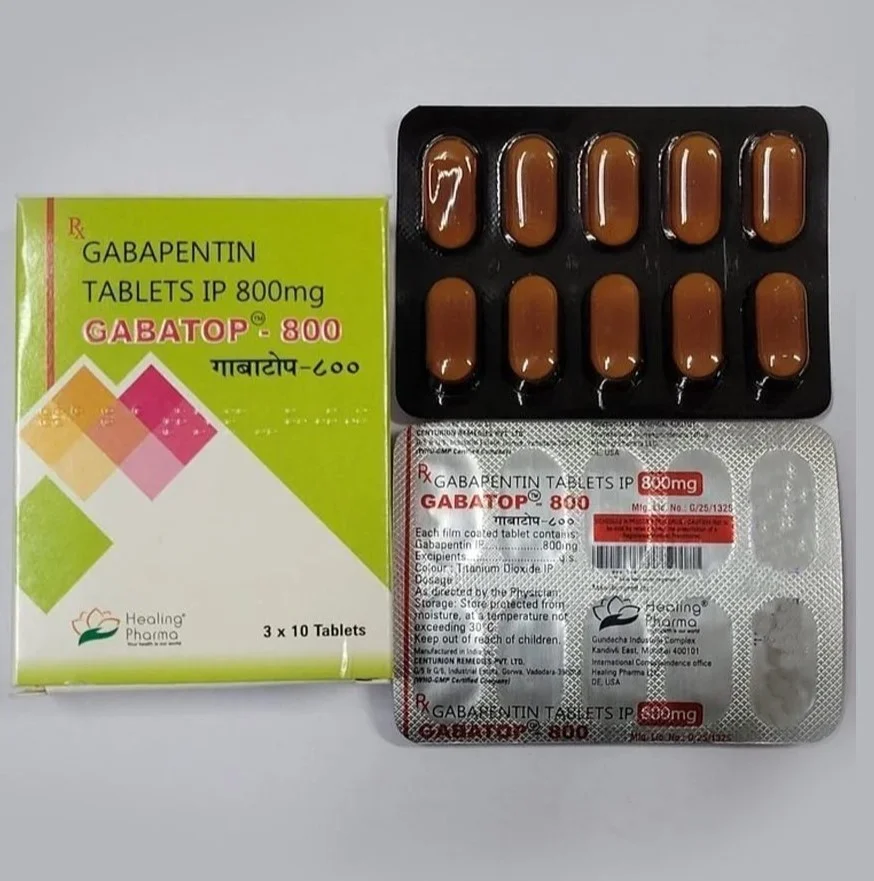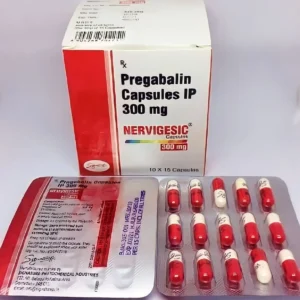Gabapentin: Everything You Need to Know
Gabapentin is a medication commonly prescribed to treat conditions like nerve pain, seizures, and restless legs syndrome (RLS). It’s often used for things like shingles pain, diabetic nerve pain, or fibromyalgia. In some cases, doctors might also use it to help with anxiety or insomnia, although these uses aren’t officially approved by the FDA.
Gabapentin comes in capsules, tablets, and even liquid form. A typical starting dose might be 300mg, but your doctor will adjust this depending on your specific needs and how well you respond to the medication.
How Gabapentin Works
Gabapentin works by affecting the way the brain and nervous system send and process signals. It doesn’t just numb pain like some over-the-counter painkillers do. Instead, it helps to calm down overactive nerve signals that can cause pain or seizures. This makes it effective for treating neuropathic pain (pain caused by damaged nerves) and for helping prevent seizures in people with epilepsy.
Common Uses for Gabapentin
Here’s a breakdown of the main conditions gabapentin is used for:
- Neuropathic Pain: If you’ve got nerve pain, whether from diabetes, shingles, or something else, gabapentin can help reduce that burning, shooting, or stabbing pain.
- Seizures: For people with focal seizures (seizures that affect one part of the brain), gabapentin can be part of the treatment plan to help control those events.
- Restless Legs Syndrome (RLS): If you have an intense urge to move your legs, usually when you’re trying to sleep, gabapentin can relieve those uncomfortable sensations and help you get better rest.
Taking Gabapentin
Your doctor will typically start you on a lower dose to see how you respond to the medication, and then gradually increase the dose as needed. For neuropathic pain or seizures, you might start at 300mg and go up from there, potentially reaching 900-1800mg per day, depending on what works best for you.
Make sure to take gabapentin as prescribed and don’t adjust your dosage on your own. If you miss a dose, take it as soon as you remember—just don’t double up if it’s almost time for your next dose.
Possible Side Effects
Most people tolerate gabapentin well, but like any medication, it can cause side effects. Some of the common ones include:
- Drowsiness or feeling tired
- Dizziness
- Swelling (especially in your feet and hands)
- Weight gain
- Difficulty concentrating
These side effects usually go away after your body adjusts to the medication. However, there are some more serious side effects that you should watch out for, including:
- Mood changes, like feeling depressed or having thoughts of self-harm
- Severe muscle pain or weakness (which could indicate a serious condition called rhabdomyolysis)
- Severe allergic reactions, such as swelling of your face or difficulty breathing
If you experience any of these, contact your doctor immediately.
Important Precautions
Before starting gabapentin, there are a few things you should keep in mind:
- Kidney Health: Since gabapentin is processed through the kidneys, it’s important to talk to your doctor if you have any kidney problems. Your doctor may adjust your dose accordingly.
- Pregnancy and Breastfeeding: Gabapentin should only be used during pregnancy if absolutely necessary. If you’re breastfeeding, gabapentin can pass into breast milk, so be sure to discuss this with your doctor.
- Mental Health: Some people may experience mood changes, including depression or suicidal thoughts, while taking gabapentin. Be sure to report any changes in mood or behavior to your doctor.
Drug Interactions
Gabapentin can interact with other medications, so it’s important to keep your doctor informed about everything you’re taking, including any over-the-counter drugs or supplements. Some important interactions include:
- Opioid painkillers (like morphine or oxycodone): Taking these with gabapentin can increase the risk of sedation and breathing problems.
- Benzodiazepines (like Valium or Ativan): These can also increase the sedative effects of gabapentin, making you feel overly drowsy.
- Antacids containing aluminum or magnesium can lower the amount of gabapentin your body absorbs, so it’s best to take gabapentin at least two hours apart from these types of antacids.
What to Do If You Miss a Dose
If you forget a dose, take it as soon as you remember, unless it’s almost time for your next dose. In that case, just skip the missed dose. Don’t take two doses at once to make up for it.
Overdose and What to Look For
If you take too much gabapentin, some signs of an overdose might include:
- Extreme drowsiness
- Blurred vision
- Slurred speech
- Diarrhea
- Tremors
If you think you’ve taken too much gabapentin, it’s important to get medical help immediately.
Conclusion
Gabapentin is an effective medication for treating conditions like neuropathic pain, seizures, and restless legs syndrome. It can improve quality of life for many people, but it’s important to take it as prescribed and to watch for any side effects or changes in your health.
As with any medication, regular check-ins with your healthcare provider are key to making sure gabapentin is working for you and that any potential side effects are managed. If you have any concerns while taking gabapentin, don’t hesitate to reach out to your doctor.






